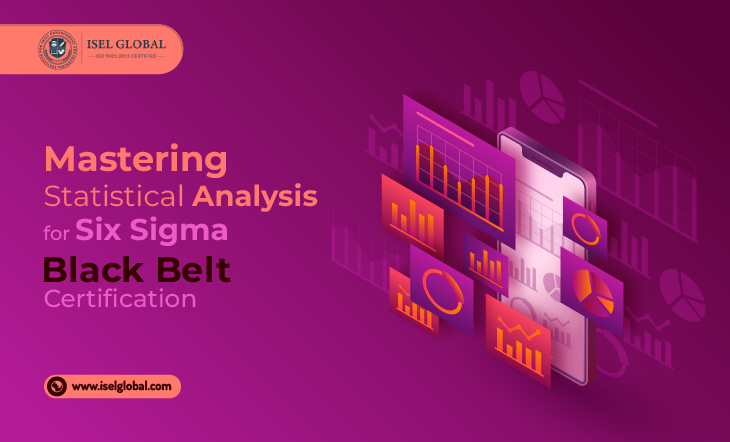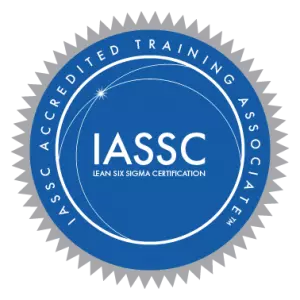
Achieving a Six Sigma Black Belt certification is a significant milestone for professionals seeking to excel in process improvement and quality management. To become a proficient Six Sigma Black Belt, mastering statistical analysis is crucial. Statistical analysis provides the necessary tools and techniques to identify, measure, and eliminate defects, ultimately driving operational excellence. In this blog, we will delve into the foundational concepts, data collection and analysis techniques, as well as advanced statistical tools and methods that play a vital role in the journey toward Six Sigma Black Belt certification.
Foundational Concepts: Understanding Statistical Analysis in Six Sigma
At the heart of Six Sigma Black Belt certification lies a deep understanding of statistical analysis. Statistical concepts such as mean, median, standard deviation, and probability distributions form the foundation upon which Six Sigma methodologies are built. By comprehending these concepts, Black Belts can effectively interpret data, identify patterns, and draw insightful conclusions. Furthermore, they can utilize statistical techniques such as hypothesis testing, regression analysis, and control charts to make data-driven decisions, ensuring the success of process improvement initiatives.
Data Collection and Analysis Techniques for Six Sigma Black Belts Accurate and reliable data collection is essential for driving informed decision-making. Lean Six Sigma Black Belts are equipped with various techniques to collect and analyze data, such as sampling methods, surveys, and process mapping. They understand the importance of collecting data from diverse sources and employing statistical software to organize, clean, and transform raw data into meaningful insights. Through rigorous analysis, Black Belts identify key performance indicators (KPIs), measure process performance, and identify areas for improvement. This systematic approach enables them to drive process optimization and achieve measurable results.
Advanced Statistical Tools and Methods for Six Sigma Black Belt Certification
As Six Sigma Black Belts progress in their journey, they encounter complex problems that require advanced statistical tools and methods. These tools help in uncovering hidden patterns, root causes of defects, and relationships between process variables. Black Belts become adept at using tools like Design of Experiments (DOE) to optimize process parameters, Analysis of Variance (ANOVA) to evaluate differences between groups, and Six Sigma regression analysis to identify significant factors affecting the process performance. By leveraging these advanced statistical techniques, Black Belts can unlock new levels of process improvement and drive sustainable change.
Becoming a certified Six Sigma Black Belt is a testament to an individual's expertise in process improvement and statistical analysis. The mastery of statistical concepts, data collection and analysis techniques, as well as advanced statistical tools, enables Black Belts to make data-driven decisions and achieve measurable results. By understanding the foundational concepts of statistical analysis, Black Belts can interpret data accurately and draw meaningful conclusions. Moreover, employing effective data collection and analysis techniques allows them to identify process improvement opportunities and drive organizational excellence. Finally, the use of advanced statistical tools and methods empowers Black Belts to tackle complex challenges and achieve breakthrough improvements. In conclusion, mastering statistical analysis is a critical component of Six Sigma Black Belt certification and plays a pivotal role in driving success in Lean Six Sigma projects.




